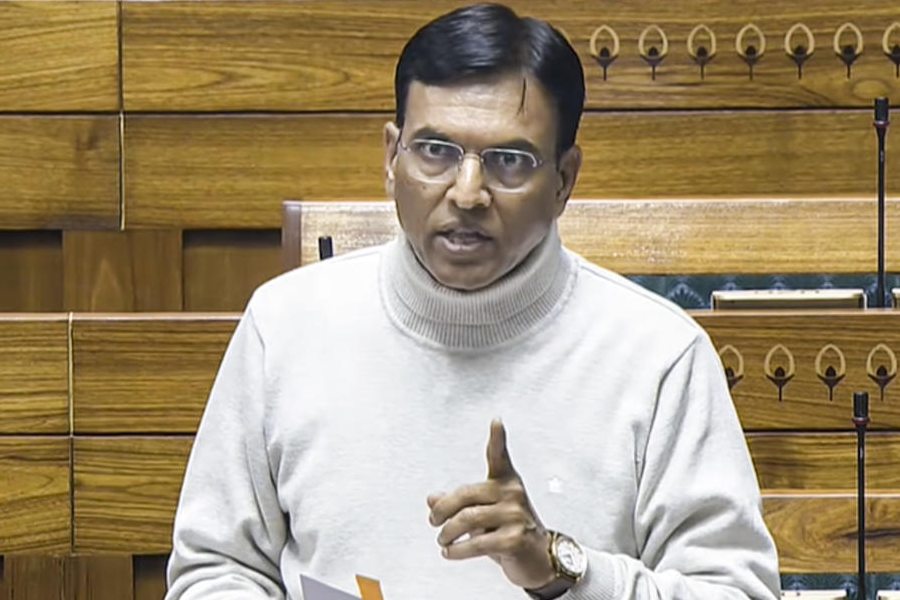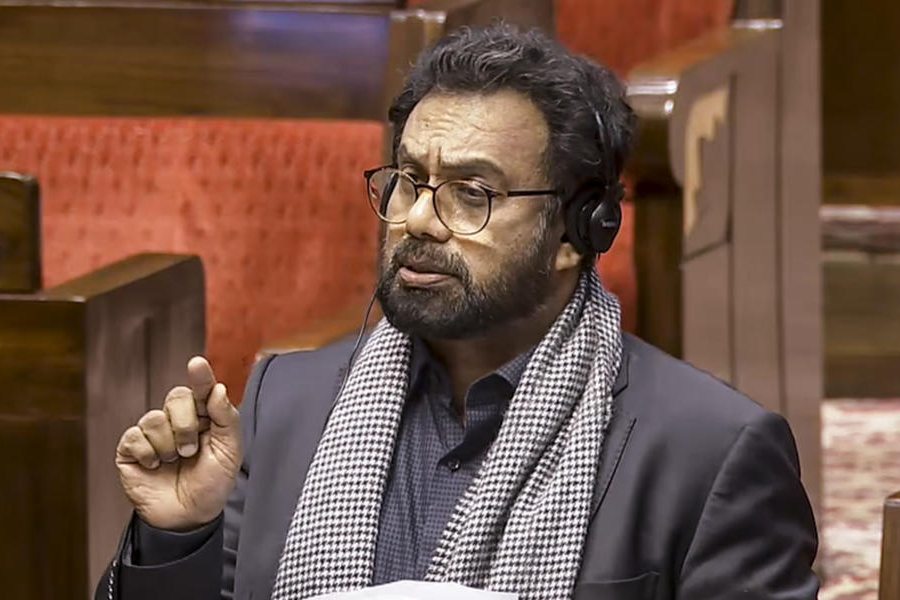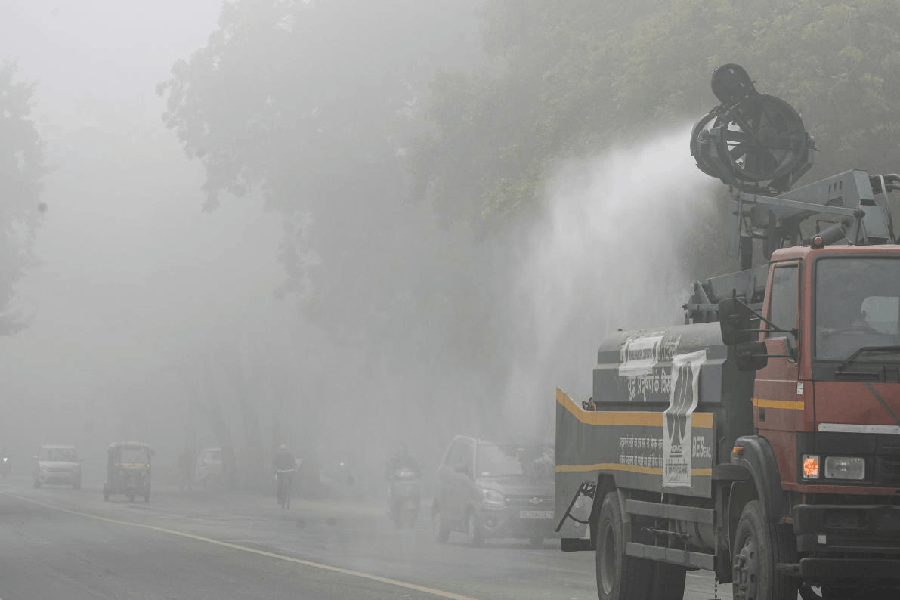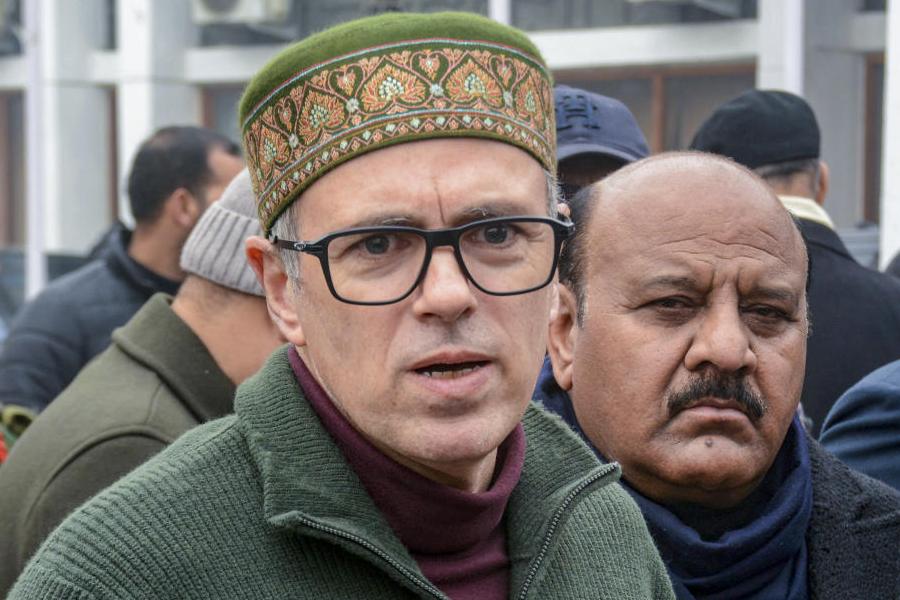 |
| Nirupama Rao in New Delhi on Saturday. Picture by Rajesh Kumar |
Washington, Aug. 1: If there is one certainty about Nirupama Rao, India’s new foreign secretary, it is that she would not have cleared the references to terrorism in the joint statement with Pakistan in Sharm-el-Sheikh 16 days ago.
Not only because she has been an outstanding student of English literature and has a way with words, writing poetry from the age of 12.
But because she is the only foreign secretary in India’s history to have escaped a terrorist attack by a whisker and, therefore, she has personal experience of what it costs to make any compromise on terrorism, even if it is only semantic and superficial.
On December 17, 1996, Rao, then envoy to Peru, was at the residence of the Japanese ambassador in Lima, attending a celebration of Emperor Akihito’s birthday.
Ten minutes after she left the reception for a dinner elsewhere, a dozen-plus members of the Túpac Amaru Revolutionary Movement, disguised as waiters, broke in and took nearly 500 guests hostage, including Rao’s counterparts from Canada, Greece and Germany and Alejandro Toledo, who became Peru’s President five years later.
If Rao had lingered at the Japanese residence a few minutes longer, she may have been a hostage for 126 days: that was the time it took to end the terrorist operation and free the captives. Several people died when Peruvian army commandos raided the residence on April 22 the following year and resolved the crisis.
But it was not the first time Rao has lived dangerously during her 36-year career as a diplomat.
She was in the thick of Sri Lanka’s ethnic violence and had to be prematurely pulled out of her post as first secretary in Colombo after doing only two of her three-year posting at the Indian high commission there.
She went back to Sri Lanka in 2004, this time to head the high commission and, in a sense, to complete what she had started 23 years earlier.
The new foreign secretary is one of the few civilians and the only woman to have toured the entire forward area on the Indian side of the country’s border with China, so extensively as to know the boundary like the back of her hand.
So much so that in 2003, when Brajesh Mishra, who had just been appointed special representative on the border question, convened the first round of upgraded talks to resolve the boundary problem, he asked Rao to join his delegation.
Mishra’s decision was unorthodox in a set-up where turf is zealously guarded: Rao was then additional secretary in the ministry of external affairs (MEA) in charge of administration and had nothing even remotely to do with the border dispute.
If Mishra was an exception within the Indian government — where institutional memory is rarely acknowledged — Rao’s expertise on the Sino-Indian border is much more widely respected abroad. Her paper on the subject written during a year’s fellowship at Harvard University’s Weatherhead Center for International Affairs is considered by Asian scholars as a seminal work on the border dispute.
Rao spent a rare nine years at a stretch dealing with China, first as deputy secretary at headquarters, eventually rising to the position of joint secretary, heading the MEA’s east Asia division.
It is a record of specialisation in the Indian Foreign Service (IFS) that is equalled only by Ronen Sen, who dealt with Russia in various capacities for 13 years, although not continuously, and J.N. Dixit, who spent almost his entire career in India’s neighbourhood.
When Rao meets UN secretary-general Ban Ki-Moon in New York in September, he will share an equation with her that no other Indian diplomat can hope for.
In 1991, when India was an elected member of the UN Security Council and Rao was joint secretary in charge of Korea, she wrote, in part, a General Assembly resolution co-sponsored by New Delhi, which enabled South and North Korea to become members of the UN. If South Korea had not joined the UN then, Ban might not have been in a position, 14 years later, to launch his successful campaign to become UN secretary-general.
The biggest challenge in Rao’s career was probably last year, when the Chinese almost crippled the functioning of the Indian embassy in Beijing, successfully laying honey traps on officials and seriously compromising the work of RAW, India’s external intelligence agency, within China.
Fortunately for Rao, she was not the first Indian ambassador in Beijing to face a similar situation or the vastly superior espionage capabilities and meticulous planning and execution by the Chinese. She was not bruised by the episode and, Rao, who was the MEA’s first woman spokesperson, prevented a major scandal that could have affected the morale of those who run India’s overseas clandestine operations.
Foreign secretaries often get so hung up on big things that smaller but beneficial opportunities for diplomacy are missed. Rao has shown that with her at the head of the IFS it will not happen.
From Lima, she was concurrently accredited as ambassador to Bolivia, a country that India has never bothered much about. But Rao was quick to spot opportunities, which eventually led to a $2.1-billion private sector investment and a licence to mine 20 billion tonnes of iron ore deposits in that country’s El Mutun area.
In Peru, she managed to persuade President K.R. Narayanan to visit Lima and President Alberto Fujimori to be chief guest at India’s Republic Day celebrations.










